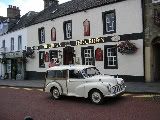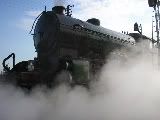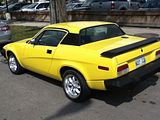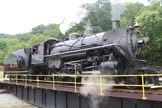#1. Perhaps the best known nightmare is the cylinder head stuck on the studs. The studs, even with their screwdriver slot on top, freeze themselves to the head as the studs and head are dissimilar metals. Many are the solutions to pull the head loose with perhaps the most effective one being the 'head honcho'. This is a club owned massive tool that will get the job done. However, tracking it down, shipping costs both ways, and joining the club costs can be a pain.
Once the head is off, the prevention of this saga next time is to install Grade 8 bolts in place of the studs. Having the bolt heads gives a strong, positive grip with your breaker bar to get all the fasteners out of the cylinder head holes.
Please note the bolts installed in place of the studs/nuts holding down the head.
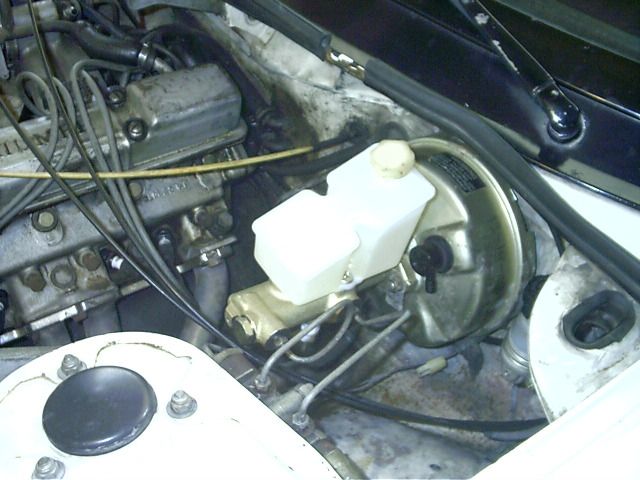
#2. Next on our list of nightmares is the water pump. A reasonable and lucid person would think with the pump just setting in it's recess, the thing should just gently lift out. Oh, contraire! In this instance, a slide hammer will be your best and lasting friend forever. Sure, some folks have fabricated cute little pullers, and they work well, too. The single most important reminder on the pump removal is that the bolt holding the impeller in place is a left handed thread that tightens instead of loosening. It is the opposite of 'Righty-Tighty'. This bolt is now 'Righty-Loosey'.
#3. Another fun item is the removal of the rear axle hubs on the 3.63:1 rear ends found on the four speed cars. I really like this differential for several good reasons. But, getting that hub off can be a test of ones soul and self worth. The hub, after the nut is removed, is held on to the axle solely by stiction. This stiction results from pressure galling between the hub and axle on the taper fit. It is a form of hammer welding wherein a molecular bonding starts to occur.
Here is the axle showing the galling on the taper end that adheres to the matching taper in the hub.
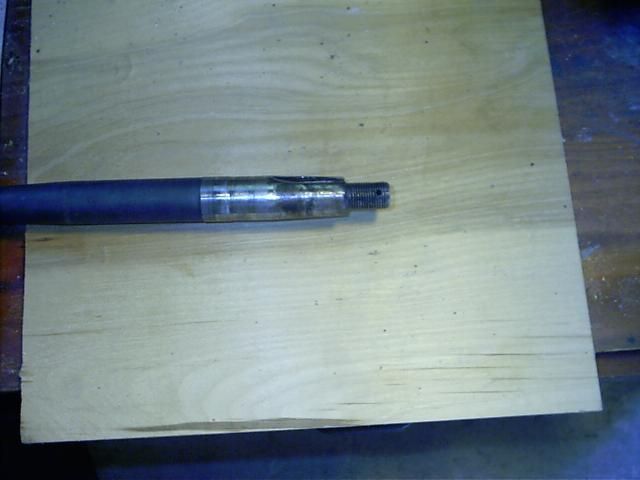
The upshot of it all is after three attempts last weekend, I had to give up and take the car down to Homer at the local garage. Using the super industrial strength puller and impact driver, the hub popped off to fly across the floor. Homer, knowing this would occur, stood to one side to avoid injury. Picking up the hub, a smear of anti-seize was applied and reinstalled so I could get it off back in my machine shed using my less stout puller. You see, the hub had to come off to replace the noisy axle bearing. Again, thinking of next time, do apply a smear of anti-seize lubricant on the inside of the hub and the taper end of the axle to prevent galling.
These three fun time events are what neophytes to the TR7 can expect in their future. There are other examples. Let's hear some war stories from our fellow veterans of the wrenching wars.
Mildred Hargis






